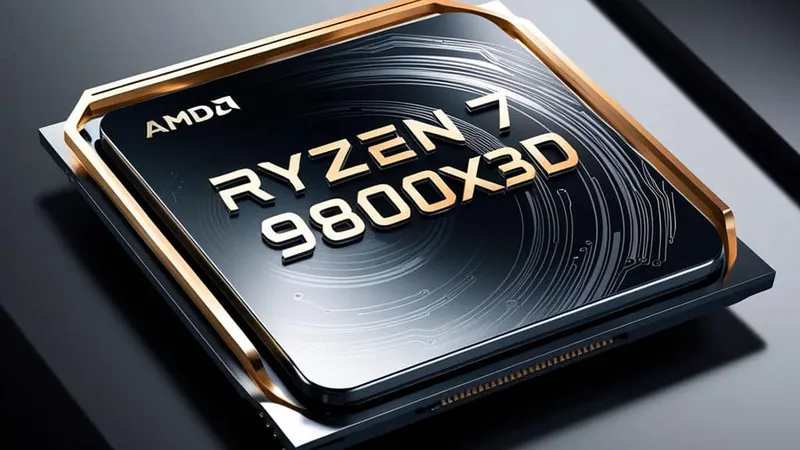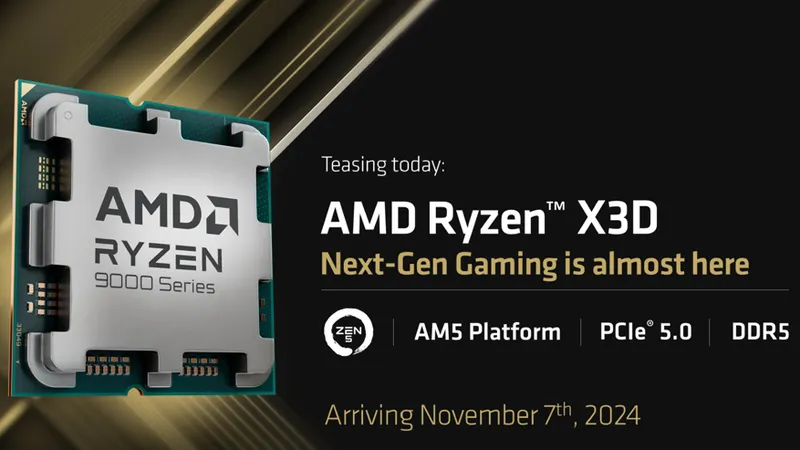This story was big enough to break through to some more mainstream outlets, but here's the rundown:
Despite in some ways being pitted rivals, Intel and AMD both have their futures tied to the continuation of the x86 processor architecture. While the x86 design does date back to the 1980s, it's constantly evolved with additions and refinements, and a modern chip bears very little resemblance to past generations under the hood.
What gives the design its advantages is the multitude of different "instruction sets" that they're designed to handle, which gives them a great deal of flexibility and performance in handling a wide range of specialized kinds of code, but that complexity does end up causing a fundamentally less efficient design than alternatives like the ARM64 architecture that became popular alongside modern smartphones, which trade off this range and flexibility for simplified efficiency.
While Intel and AMD have dominated the standard computer space for decades, there have always been alternatives attempting to enter the space. ARM got as far as having a dedicated version of Windows 10 released early in that OS's lifespan, but was significantly restricted by having only running official Microsoft software and having very little other software or hardware support.
Recently, Qualcomm has made a significant push into the traditional computing space by releasing a line of ARM64-based laptops and other hardware, with theoretical performance in the same area as other modern processors. With the initial release, it became apparent that much of the claimed software compatibility simply wasn't there, and the real-world performance was actually quite a bit below expectations.
Every new product typically goes through early growing pains, and Intel and AMD seem to consider it a serious enough concern to work together to continue to allow x86 a longer life into the future.
More details on this new group and other news week in this video:



